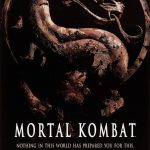The Chronicles of Narnia: The Lion, the Witch and the Wardrobe (2005)
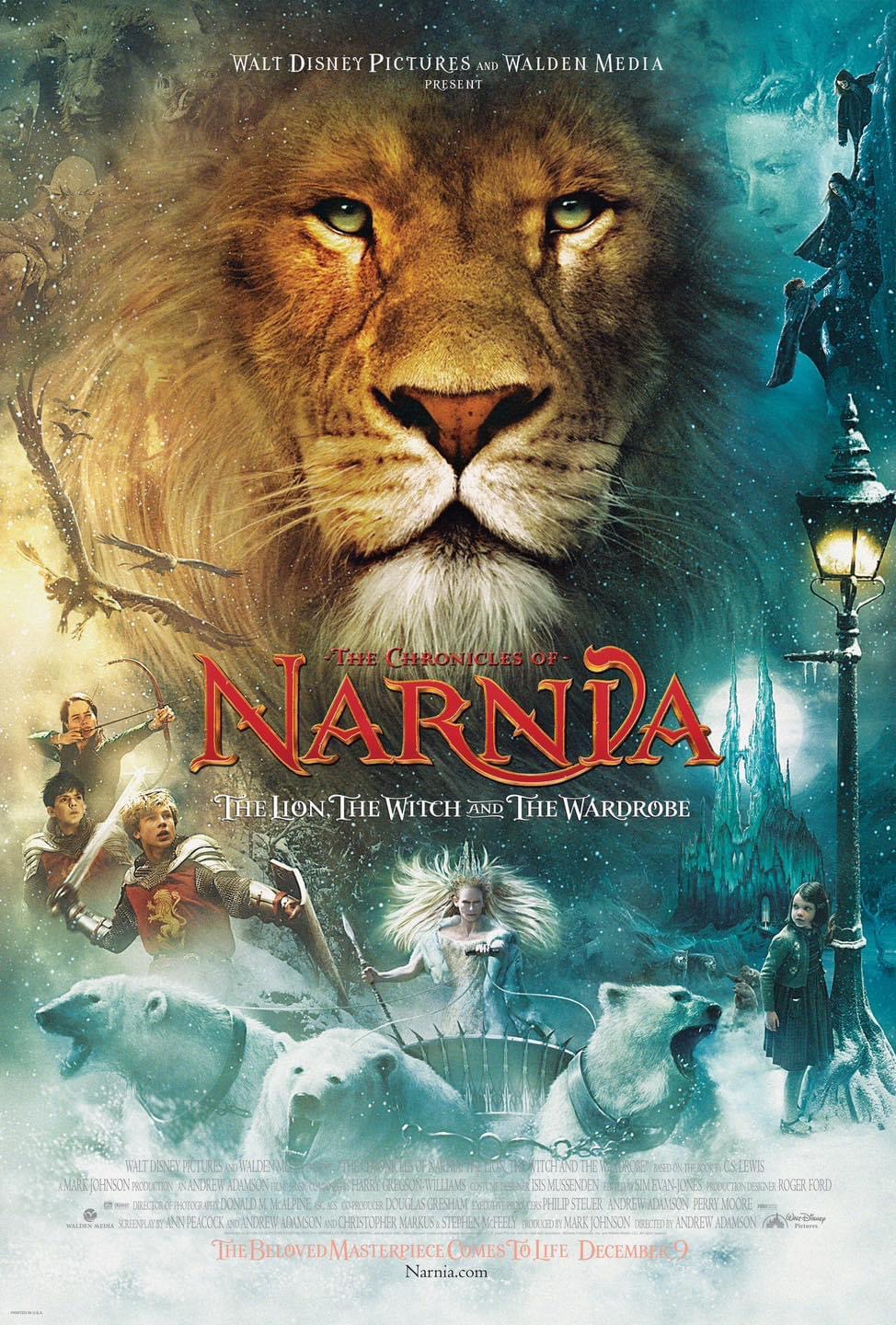
The Chronicles of Narnia: The Lion, the Witch and the Wardrobe (2005), directed by Andrew Adamson, is an enchanting adaptation of C.S. Lewis’ beloved 1950 novel. The film serves as the first entry in the Narnia series, capturing the magic, wonder, and deep-rooted themes of good versus evil, while delivering a visually immersive experience that remains faithful to its literary source material. It’s a blend of fantasy adventure, allegory, and childhood innocence, with impressive visuals that transport the audience into the mythical world of Narnia.
Suggested videos for you:
Plot Summary:
The film follows the Pevensie siblings—Peter, Susan, Edmund, and Lucy—who are evacuated to the English countryside during World War II. While playing hide-and-seek in their temporary home, young Lucy stumbles upon a wardrobe that leads to the magical world of Narnia, where animals talk, mythical creatures roam, and an eternal winter, imposed by the White Witch, has gripped the land.
Lucy soon brings her siblings to Narnia, where they learn about a prophecy that foretells their arrival as the key to restoring peace and defeating the White Witch, played by Tilda Swinton. They are soon guided by the noble lion Aslan, the true king of Narnia, in a battle against the forces of evil.
Visual Effects and Cinematography:
One of the strongest aspects of The Lion, the Witch and the Wardrobe is its visual execution. The magical world of Narnia is brought to life with rich, stunning landscapes that feel otherworldly yet natural. From the wintry forests of Narnia to the grandiose halls of the White Witch’s icy palace, the production design is detailed and immersive.
The CGI work, particularly in rendering the talking animals, is impressive, especially for Aslan, whose regal presence and expressive facial features are remarkable. The battle scenes, while not overly violent, are spectacularly staged, particularly the climactic showdown between Aslan’s army and the White Witch’s forces. The use of practical effects for the various creatures also enhances the film’s sense of realism within its fantastical setting.
The cinematography, handled by Donald McAlpine, perfectly captures the contrast between the drab, war-torn England and the bright, magical world of Narnia. Sweeping vistas and wide-angle shots of the landscapes add a sense of scope and grandeur, further immersing the audience in the fantasy 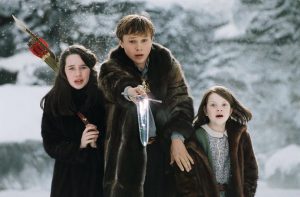
Performances:
The cast of The Lion, the Witch and the Wardrobe brings both heart and sincerity to their roles. The child actors—William Moseley (Peter), Anna Popplewell (Susan), Skandar Keynes (Edmund), and Georgie Henley (Lucy)—give grounded and emotionally authentic performances. Georgie Henley, in particular, shines as the youngest sibling Lucy, perfectly capturing her innocence, wonder, and bravery as she steps into the role of a heroine.
Tilda Swinton’s portrayal of the White Witch is a standout. Her cold, commanding presence and ethereal appearance perfectly embody the malevolent character, striking a balance between understated menace and icy elegance. Swinton avoids over-the-top villainy, making her performance all the more unsettling as a calm, manipulative figure with a frightening sense of power.
Liam Neeson lends his deep, soothing voice to Aslan, bringing both warmth and authority to the lion’s character. Aslan is more than just a leader of Narnia; he’s a Christ-like figure, and Neeson’s vocal performance imbues him with the necessary gravitas and kindness.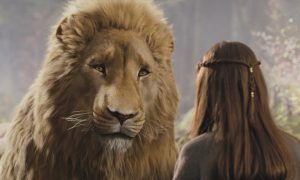
Themes and Tone:
C.S. Lewis’ Narnia series is often viewed through a Christian allegorical lens, and this adaptation doesn’t shy away from exploring its deeper themes. Aslan’s self-sacrifice and resurrection, for instance, parallel the story of Christ, and the film emphasizes themes of forgiveness, redemption, and the power of faith. Edmund’s betrayal and eventual repentance, in particular, reflect this redemptive arc, and the film treats these themes with a level of nuance that resonates with both children and adult audiences.
At the same time, the film is careful not to become overly didactic. It’s accessible to viewers of all beliefs, presenting its moral lessons within a broader narrative of courage, loyalty, and the importance of family. The balance of whimsy and seriousness in the storytelling helps the film appeal to audiences of all ages.
The tone of the film fluctuates between lighthearted moments of wonder—such as Lucy’s first exploration of Narnia and the camaraderie between the siblings—and more somber, intense sequences, particularly the climactic battle and Aslan’s sacrifice. This tonal balance helps the film maintain its sense of wonder while still delivering emotional depth and weight.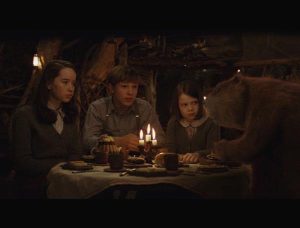
Weaknesses:
While The Lion, the Witch and the Wardrobe succeeds in capturing the spirit of Lewis’ novel, it does suffer from a somewhat uneven pacing. The film’s middle portion, where the Pevensie children slowly become more involved in Narnian affairs, can feel drawn-out, particularly for younger viewers. Some might argue that certain parts of the movie, such as the Pevensies’ initial hesitation to engage with the Narnian prophecy, could have been trimmed to keep the momentum flowing.
Additionally, while the CGI is mostly strong, there are a few moments, particularly with some of the background creatures, where the effects feel a bit dated by today’s standards, though it doesn’t significantly detract from the overall experience.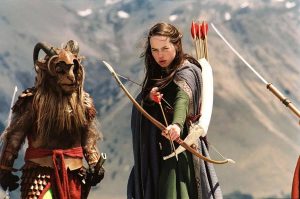
Conclusion:
The Chronicles of Narnia: The Lion, the Witch and the Wardrobe is a faithful and visually captivating adaptation of C.S. Lewis’ classic novel. It successfully introduces audiences to the magical world of Narnia, bringing its rich mythology and allegorical themes to life with heartfelt performances and stunning visuals. The film strikes a delicate balance between childlike wonder and mature themes of good, evil, and redemption, making it an enduring family film.
While it’s not without its flaws in pacing, the movie’s strengths far outweigh these issues, and it remains one of the more successful fantasy adaptations of the 2000s. Whether you’re revisiting the story from childhood or experiencing it for the first time, The Lion, the Witch and the Wardrobe offers a timeless tale of adventure, sacrifice, and hope.

